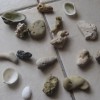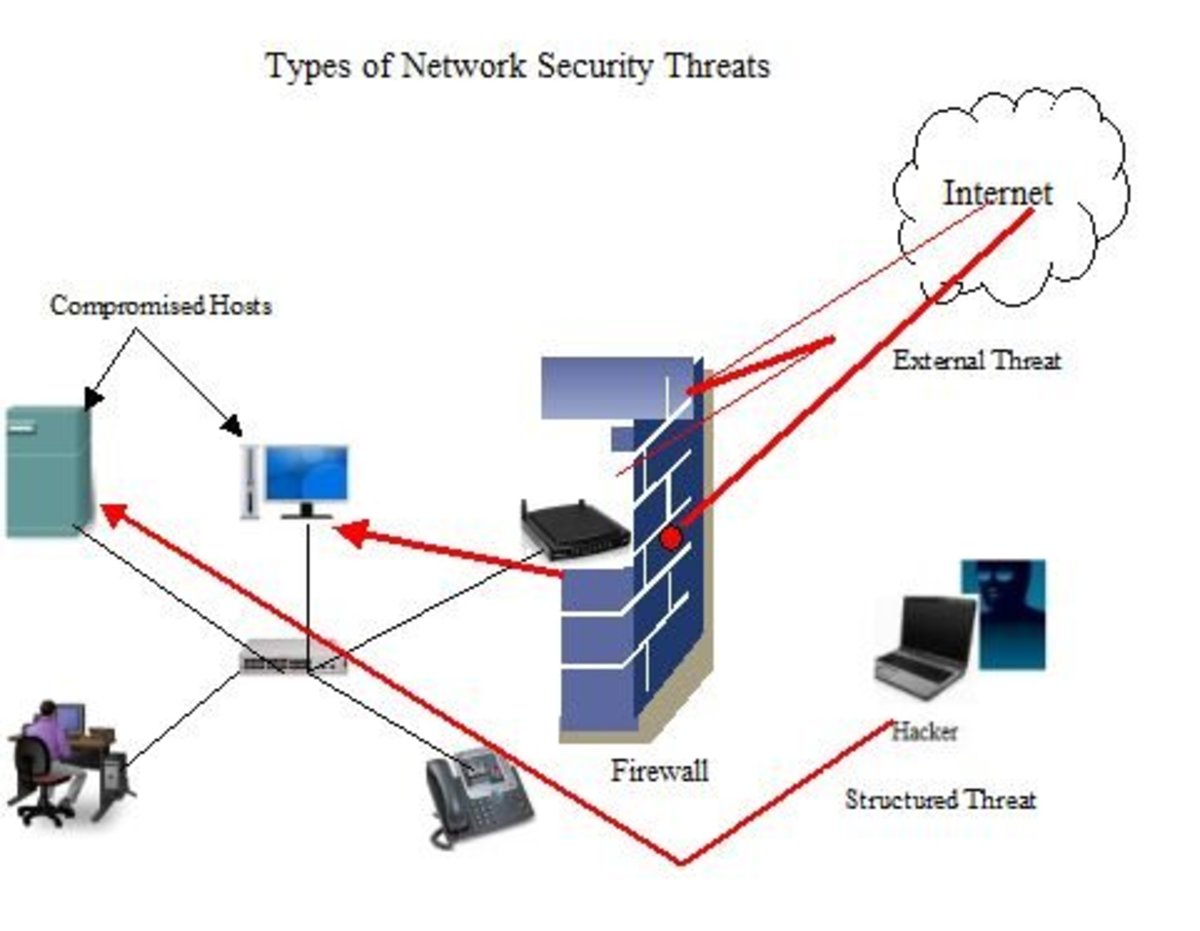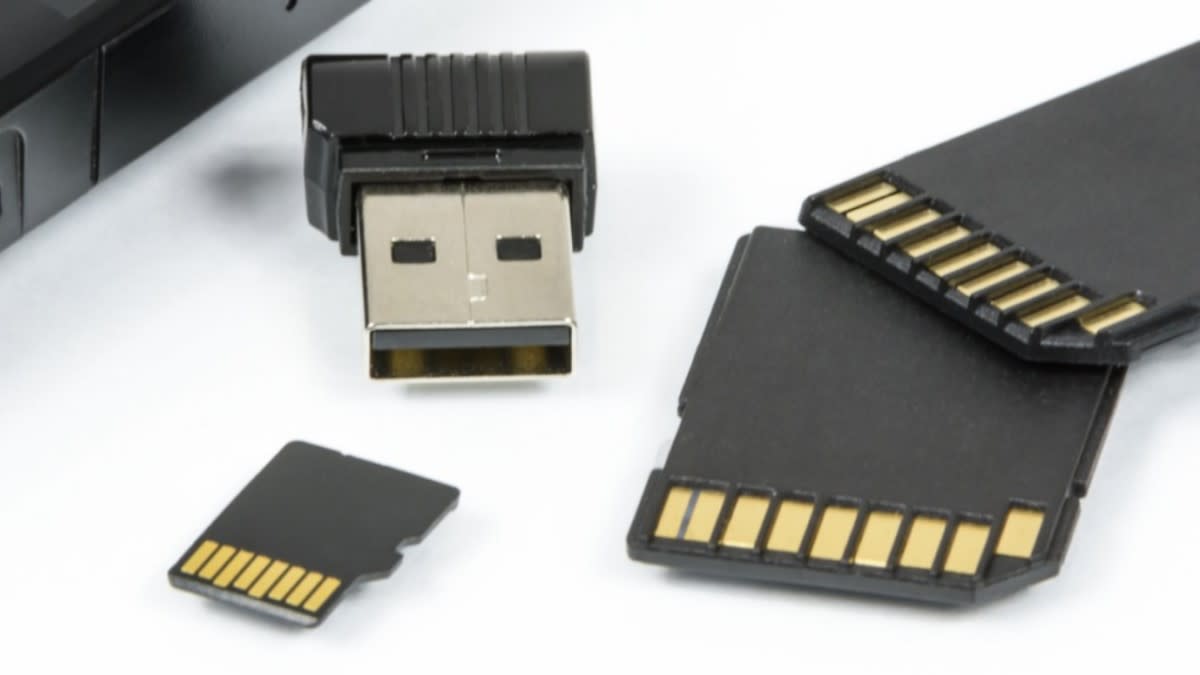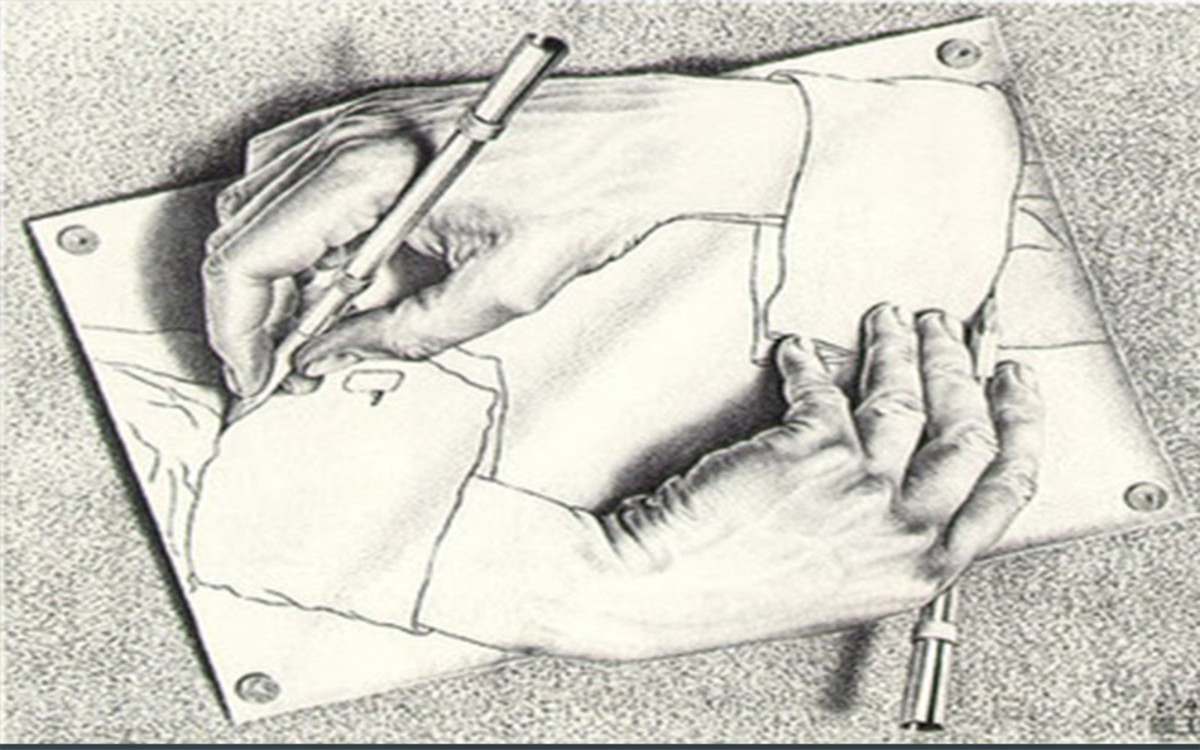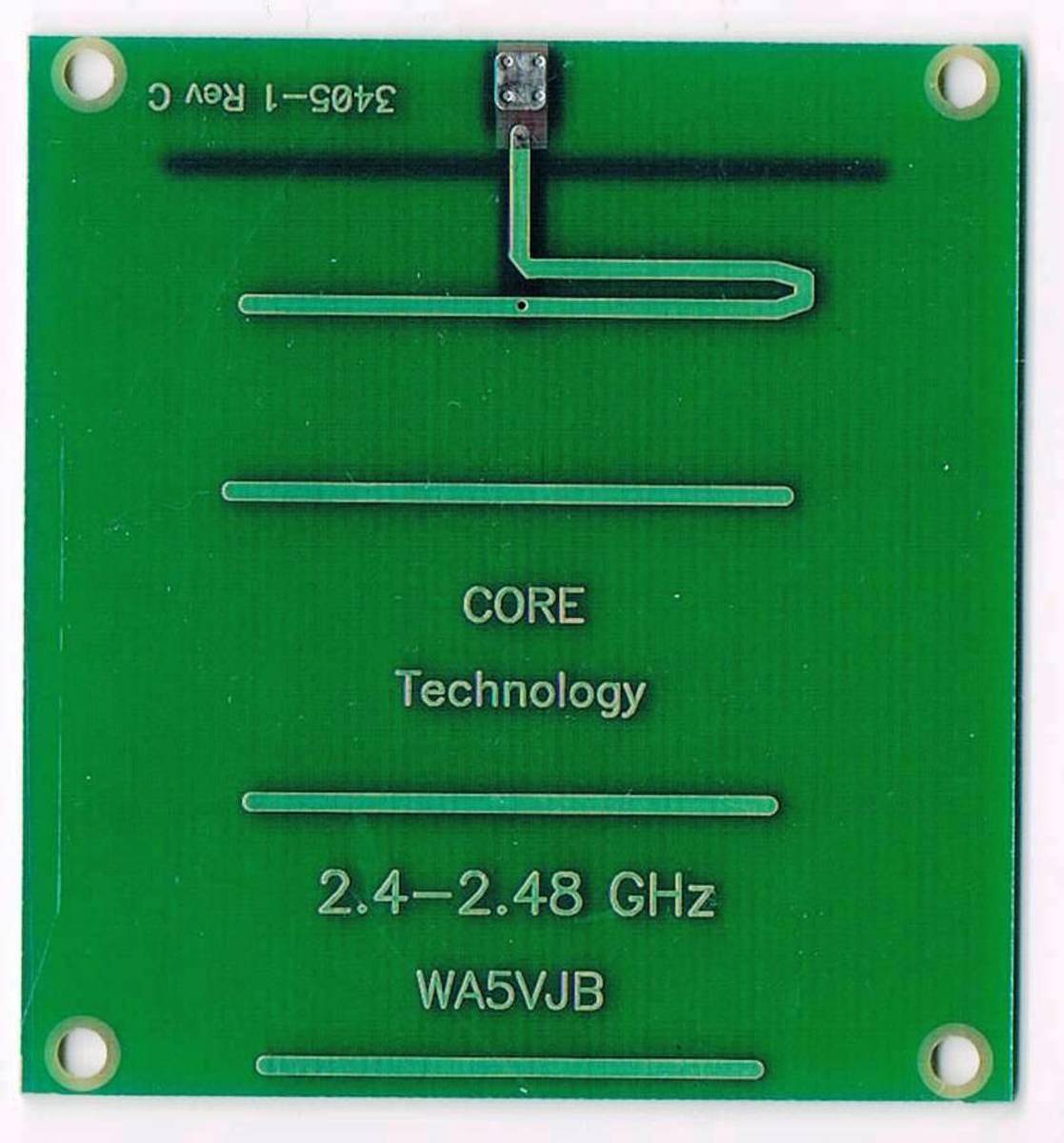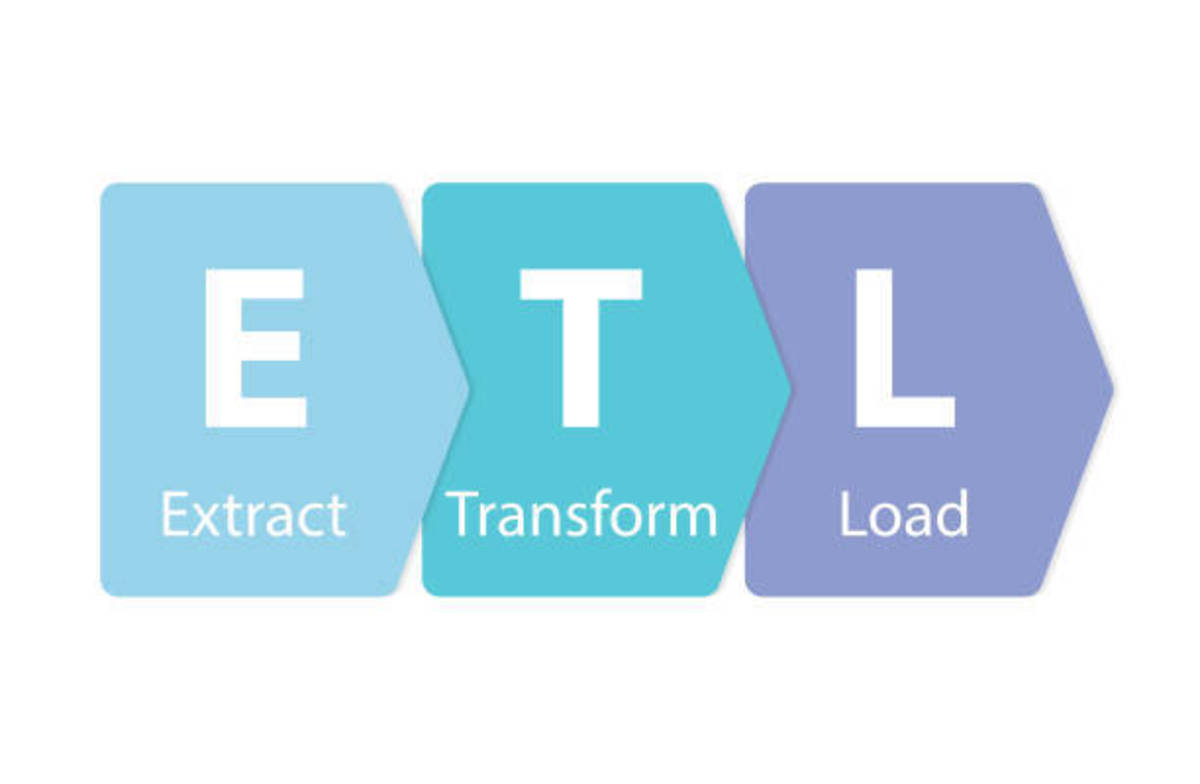How Computers breaks Down Data into Data Packets
Network data packet
Data Packet is the Basic Unit of Network Communication, Data is broken into small data packets that speed up the transmission of data across the network. Data packet allows easier recovery of errors. Without breaking data into small data packets, the large amount of data sent as one large unit in the unit tie up the network and make timely interaction and communication impossible
The impact of retransmitting large unit of data further multiply the network traffic, causing communication to become more slower. Effect of poor data transmission are minimized when large data unit are broken down into smaller packages called data packet which allows better management of error correction in transmission. This way on the small section of data is affected and therefore only a small amount of data is retransmitted making it relatively easy to recover from errors
Without data packet, large continuously string of data slowdown the network and therefore for many users to transmit at once, data has to be broken into smaller chunks called packet
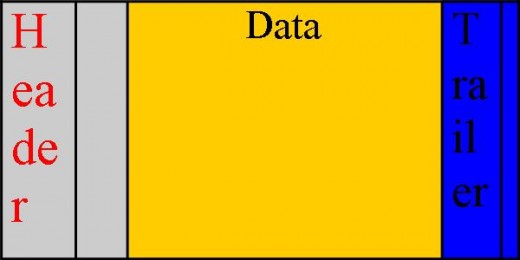
How data is broken into data packet
When the Network Operating System (NOS) at the sending computer breaks data into data packet, it adds special control information to each frame of the data packets. This makes it possible to send the original, disabled data into smaller chunks, reassemble the data in the proper order when it reaches it’s destination
Data packet structure
Data packet contains several types of data including the following
· Data information – which includes messages, files etc
· Computer control data and commands
· Session control codes such as error correction that indicate the need for retransmission
Data packet components
All data packet contains components in common and has got the following
· Source Address – data packet source address identifies the sending computer
· Data intended for transmission
· Destination address that indentifies the recipient machine
· Instruction that tell the network component how to pass the data alone
· Information that tells the receiving computer how to convert the data packets and reassembled the complete data packet
· Error checking information to ensure that data arrive intact
Components of data packet
Data packet is made of three components namely
Header - The header include alert signal to indicate that the packet is being transmitted, it also contains the source address, destination address and clock information to synchronize information
Data – it described the actual data being sent, data varies in size depending on the network. The data section on most network are from 0.5kb to 4kb, because most original data string are much larger than 4 kb, data must be broken into small chunk to be sent into the network
Trailer – exact content of trailer varies depending on the protocol, it is usually contain an error checking protocol called Cyclic Redundancy Check (CRC). CRC is a number produce by a mathematical calculation on the packet at it’s source. When data packet arrived at the destination the calculation is done again, if the result of both the calculation is the same indicates that the data in the packet has remained stable and Vise Versa indicates that the data has changed during the transmission. In this case the CRC routine signals the source computer to retransmit the data. NB different networks have different format for data packets and allows sized packet. The packet size limit determine how many packets the NOS can create from one large piece of data
A step by step procedure of how data packets are used in network communication
Printing
- The sending computer established a connection with a print server
- The computer breaks the large print job into smaller data packets. Each data packet contains destination address, source address, the data and control information
- The Network Interface Card in each computer examined the recovery address on all frames sent on its segment of the network, however because each NIC has it own address it does not interrupt the computer until it detects a frame address specifically to it
- The destination computer is in the print server. The data packets enter through the cable into the NIC
- The network software process the data frame stored in the NIC received buffer sufficient processing power to received and examined each incoming frame is build in the NIC. This means that no computer resources are used until the NIC indentify a frame address to itself
- The Network Operating System (NOS) in the receiving computer reassembles the packets back into the original text file and move the file into the computer’s memory from which the file is sent to the printer for printing
